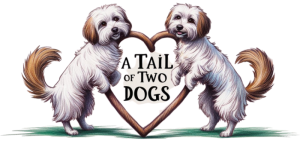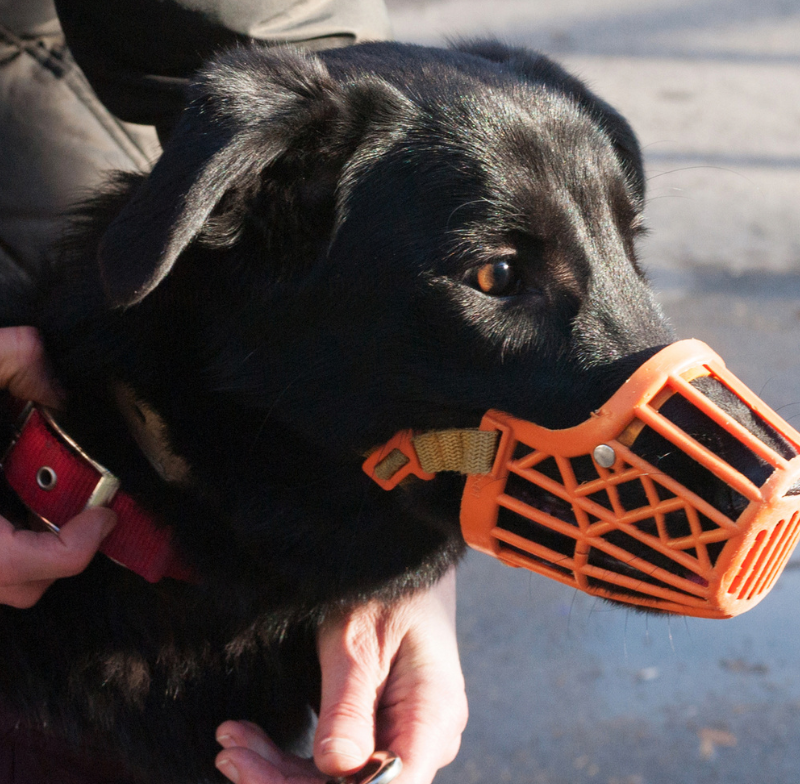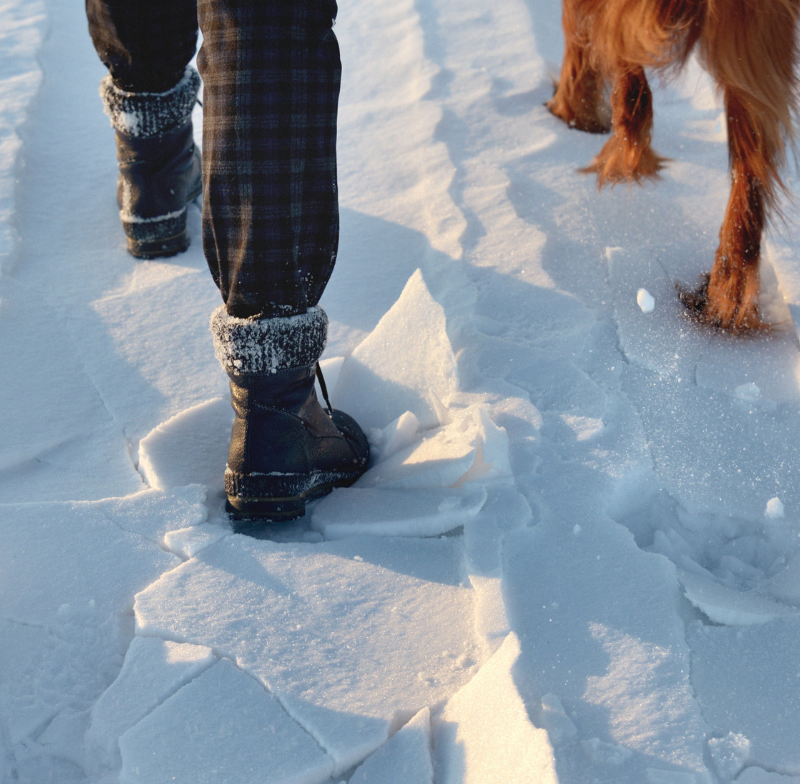Understanding your dog’s exercise needs is crucial for maintaining their physical health and mental well-being. Different breeds require varying levels of activity based on their size, energy levels, and historical roles. Whether you own a high-energy working dog, a large breed with moderate exercise needs, or a small companion breed, tailoring your dog’s exercise routine is essential. This guide will explore the exercise requirements for working dogs, big breeds, and small breeds in the UK.
Why Dog Exercise Needs Vary by Breed
Dogs have been bred over centuries for specific purposes, from hunting and herding to companionship. This has resulted in significant variations in energy levels, stamina, and exercise needs. While all dogs require physical activity to prevent obesity, promote cardiovascular health, and stimulate their minds, the amount and type of exercise can differ significantly between breeds.
Working Dog Exercise Needs
Working dogs, such as Border Collies, German Shepherds, and Labrador Retrievers, are among the most active breeds. These dogs were originally bred to perform demanding tasks, including herding livestock, search-and-rescue missions, and assisting hunters. Their high intelligence and energy levels mean they thrive on structured exercise and mental stimulation.
Border Collies, for instance, require at least two hours of intense exercise daily. Activities such as agility training, flyball, and long hikes are excellent for meeting their physical and mental needs. German Shepherds also need a similar amount of exercise but benefit greatly from activities that involve problem-solving, such as tracking games or obedience training.
Labrador Retrievers, while slightly less intense than Border Collies, still require around 1.5 to 2 hours of activity daily. Swimming is particularly beneficial for Labradors, as it’s low-impact and allows them to burn off energy while protecting their joints.
Failing to meet the exercise needs of working dogs can lead to boredom, destructive behaviour, and even anxiety. If you’re considering adopting a working breed in the UK, be prepared to dedicate significant time to their exercise routine. Dog-friendly parks, agility courses, and countryside walks are excellent options for keeping these breeds happy and healthy.
Exercise Needs for Big Dog Breeds
Large breeds like Golden Retrievers, Great Danes, and Rottweilers have different exercise requirements compared to smaller or working breeds. While many large dogs enjoy exercise, their larger size and body structure mean they need activities that balance physical exertion with joint protection.
Golden Retrievers are highly social and energetic, requiring at least one to two hours of exercise daily. They excel in activities like fetch, swimming, and countryside hikes. However, it’s essential to monitor their weight and avoid overexertion, especially in their senior years, as they can develop joint issues such as hip dysplasia.
Great Danes, despite their size, are not as active as working breeds or smaller dogs. They typically need about 30 minutes to an hour of moderate exercise daily. Gentle walks and light play sessions are ideal for this breed. Overexertion should be avoided, as their large frames are prone to joint problems and heart issues.
Rottweilers, known for their strength and loyalty, are highly versatile and enjoy various activities. They need about 1.5 hours of exercise daily, with a mix of walks, play, and mentally stimulating games. Socialization and training exercises are particularly beneficial for this breed, helping them channel their energy constructively.
Big dog breeds in the UK benefit from outdoor spaces, such as large gardens or nearby parks, where they can move freely without straining their joints. Remember to provide rest breaks and always monitor their activity levels to prevent overexertion.
Small Dog Breeds and Their Exercise Needs
Small dog breeds, such as Jack Russell Terriers, French Bulldogs, and Chihuahuas, may be smaller in size but often have surprising energy levels. Many small breeds were originally bred for specific tasks, such as hunting vermin, which means they have high stamina and agility despite their compact frames.
Jack Russell Terriers, for example, are incredibly energetic and require at least an hour of exercise daily. Activities like fetch, agility courses, and interactive games are perfect for this breed, as they combine physical activity with mental stimulation. Without adequate exercise, Jack Russells can become restless and exhibit destructive behaviours.
French Bulldogs, on the other hand, have more moderate exercise needs. About 30 to 45 minutes of light to moderate activity daily is usually sufficient. This breed is prone to overheating and breathing difficulties, so avoid exercising them during hot weather or engaging in overly strenuous activities. Short walks and gentle play sessions work best.
Chihuahuas, despite their tiny size, have a surprisingly high energy level and enjoy short bursts of activity. About 30 minutes of exercise daily, broken into shorter sessions, is ideal for them. They can also meet some of their exercise needs indoors through interactive play, making them a great choice for UK residents living in flats or urban areas.
Small dogs may not require the same level of intense exercise as larger breeds, but they still benefit from regular activity to maintain a healthy weight and stay mentally stimulated. Local parks and pet-friendly urban spaces are ideal for small breed owners in the UK.
Tailoring Exercise to Your Dog’s Needs
Understanding your dog’s breed-specific exercise needs is the first step to ensuring their health and happiness. However, other factors such as age, health conditions, and individual temperament also play a role. Puppies and senior dogs, for example, may have different exercise requirements compared to adult dogs of the same breed.
Puppies should not be over-exercised, as their growing joints are susceptible to injury. A general rule of thumb is five minutes of exercise per month of age, up to twice daily. For instance, a three-month-old puppy would need about 15 minutes of exercise per session.
Senior dogs, on the other hand, may require gentler activities due to age-related conditions like arthritis. Shorter walks, swimming, and low-impact games can help keep them active without causing discomfort.
It’s also important to monitor your dog for signs of overexertion, such as heavy panting, limping, or reluctance to continue exercising. Always tailor the intensity and duration of activities to your dog’s individual needs.
The Role of Mental Stimulation in Dog Exercise
Physical activity is only part of the equation when it comes to meeting your dog’s exercise needs. Mental stimulation is equally important, particularly for intelligent breeds like Border Collies, Poodles, and Jack Russells. Puzzle toys, scent games, and obedience training are excellent ways to challenge your dog’s mind and prevent boredom.
Interactive play sessions, such as hide-and-seek or teaching new tricks, can also strengthen the bond between you and your dog while keeping them mentally engaged. Many dogs, regardless of breed, thrive on the opportunity to learn and explore new activities.
Conclusion
Meeting your dog’s exercise needs is essential for their overall health and happiness. Working dogs, big breeds, and small breeds all have unique requirements, influenced by their size, energy levels, and historical roles. In the UK, there are plenty of opportunities to provide your dog with the exercise they need, from countryside walks and dog-friendly beaches to urban parks and agility courses.
By understanding your dog’s breed-specific exercise needs and tailoring their activities accordingly, you can ensure they lead a fulfilling and healthy life. Whether you’re engaging a high-energy Border Collie in agility training, taking a leisurely walk with your Great Dane, or playing fetch with your Jack Russell, your efforts will be rewarded with a happy and well-balanced canine companion.
Discover more from A Tail of Two Dogs
Subscribe to get the latest posts sent to your email.





Leave a Reply